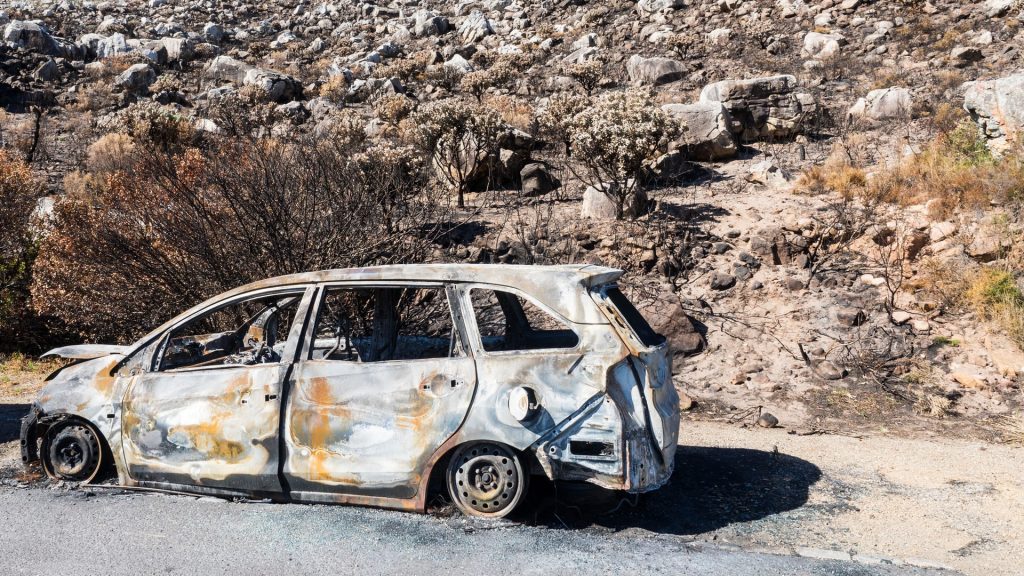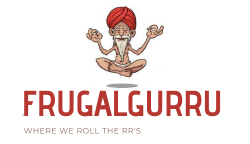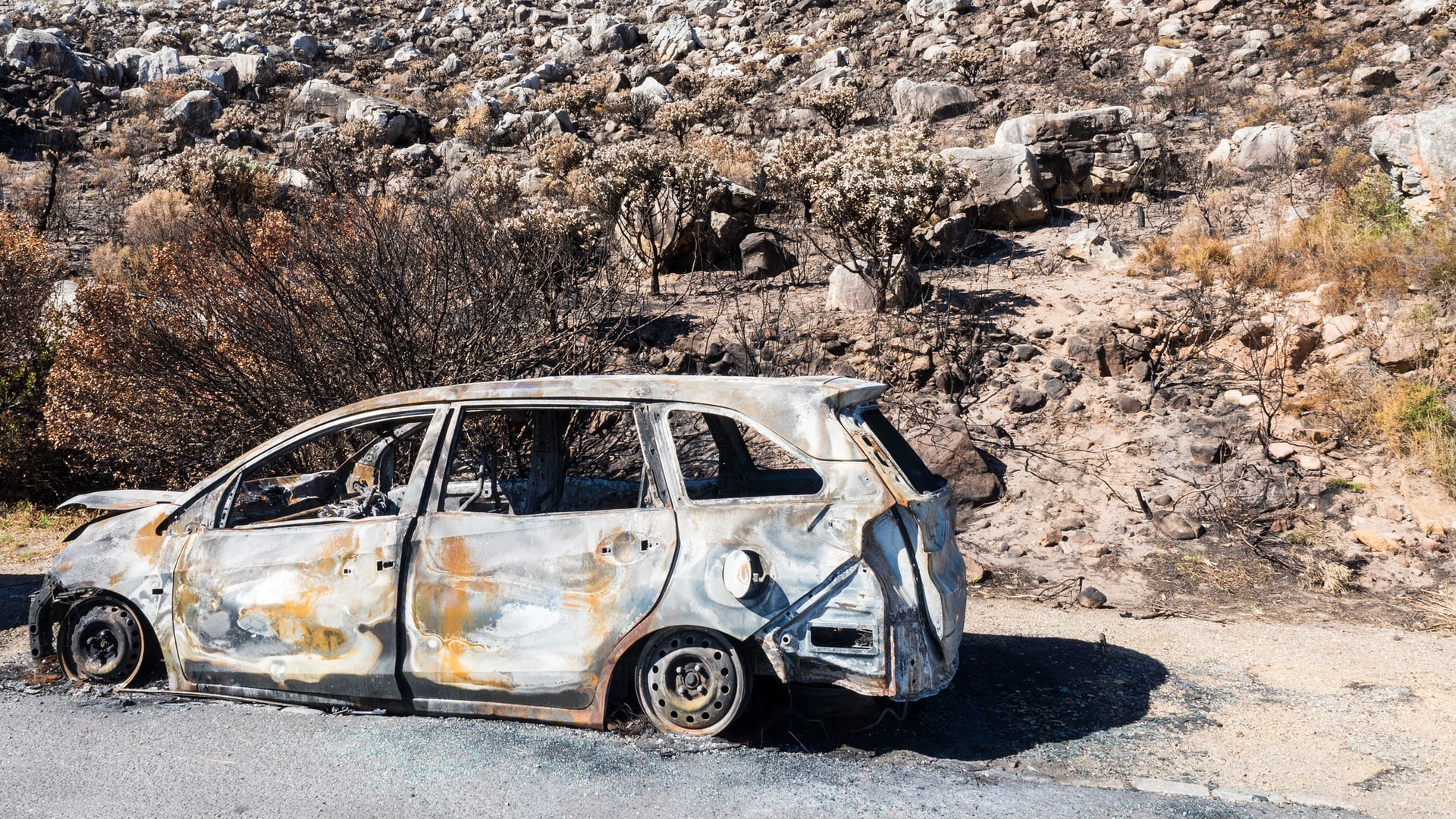
The most common type of car insurance
There are six main types of car insurance you can purchase when you purchase an insurance policy:
- Liability for bodily harm
- Medical expenses and personal injury protection (PIP)
- Liability for damages
- Collision
- Points
- Uninsured and insured driver’s insurance
liability insurance
“Responsibility” means that you are legally responsible for something. In the case of car insurance, it refers to the car accident it causes. There are two types of liability for car accidents: personal injury and property damage.
Responsibility for bodily harm
In the event of an accident, your personal injury liability will cover your medical expenses, loss of wages. Injury to the other party, including pain and suffering.
Insurance coverage is available to others driving your car. For example, if you hit another driver and break your leg. Bodily harm liability compensation will pay for X-rays, surgery, and unemployment.
Most states have minimum requirements for the amount of liability for bodily harm.
Liability for damages
This covers any damage that an accident may cause to the property of others. It usually covers vehicles but can cover other items such as fences, buildings, mailboxes, and light poles.
If you accidentally hit a utility pole or collide with a neighbor’s mailbox. This is the insurance cover for paying the damages. Liability for damages does not include damage to your property.
To cover your car, you need crash insurance and an owner, tenant, or apartment owner’s policy. To cover personal property, such as laptops and household items, that may belong to the vehicle. Most states also require minimum-level property damage insurance.
Uninsured and insured driver’s insurance
If another driver bumps into you, this compensation applies to damages to your car and medical expenses. There is no liability insurance or not enough liability to cover your damages.
If you and another insurance driver of the policy that allows you to borrow a car. If ever hit by an insured or uninsured driver, such insurance will pay damages.
When you purchase an uninsured driver’s liability policy, you can consider uninsured and underinsured driver insurance. Its role is to be liable, but as an injury of its own.
Uninsured and uninsured drivers can also cover insured persons, who are pedestrians. You can choose to purchase personal injury and property damage insurance for uninsured and insured drivers.
Unsafe and unsafe driver insurance may be optional or mandatory, depending on where you live.
Vehicle coverage
Liability insurance is recommended that certain types of vehicles are insured. This compensation is not required by law, but if the vehicle has a loan or lease attached a lender may be required proof of coverage.
Talking to your dealer and getting crash estimates. Comprehensive coverage could help you determine whether additional insurance is needed on your vehicle.
Collision
If the vehicle is damaged during a collision, this is insurance coverage for the cost of repairing the car. It can even cover the damage caused by potholes.
However, if you are not liable for an accident that caused damage to your car. You will have to pay damages costs to the driver’s liability insurance for the damage.
Collision insurance only applies to vehicles and does not include damage to other drivers’ vehicles. Also, collision insurance does not cover mechanical failure or normal aging of your car.
For example, if a transmission dies, it cannot be repaired with collision insurance. Unless you have a loan or take out your car, this convergence may be an option.
You should consider whether you have the funds needed to repair or replace the vehicle. Otherwise, you might consider considering buying shock insurance.
Comprehensive
Comprehensive coverage is referred to as “separate from collision insurance,” which is paid for certain types of damage unrelated to car collisions.
For example, it can cover fires, earthquakes, floods, destruction, deer attacks, falling objects and explosions, damage caused by broken glass.
Therefore, if your car accidentally catches fire on the road, your comprehensive insurance may pay for the loss. Full coverage is usually optional.
As with crash insurance, if you rent a loan or rent a car, your financial institution must take out full insurance. You can also consider adding complete reassurance to your policy if your car is new or more expensive.
How to find the best coverage for me
Each state has a specific amount of minimum liability insurance that drivers must carry. These types of minimums are represented by three numbers: 25/50/10.
In this case, 25 cases mean you can pay up to $25,000 per incident. The second figure shows the maximum compensation for each incident. Third parties include the maximum amount of damages.
The state’s minimum insurance can keep premiums low, but it can also cause financial damage in the event of a breakdown.
If you have an accident and your loss exceeds your insurance limit, you will have to pay the difference out of your own pocket.
In addition, the state’s minimum insurance does not cover non-life insurance on your own car and may not include medical payments.
In addition to buying a higher liability limit or full coverage, it’s a good idea to consider adding some optional insurance to trump up your policy.
The best way to find the best strategy is to walk around and compare the different types of insurance and the prices you can get with each provider.
You can talk to a licensed agent or customer service representative to discuss your insurance needs and get a different level of insurance quote.





